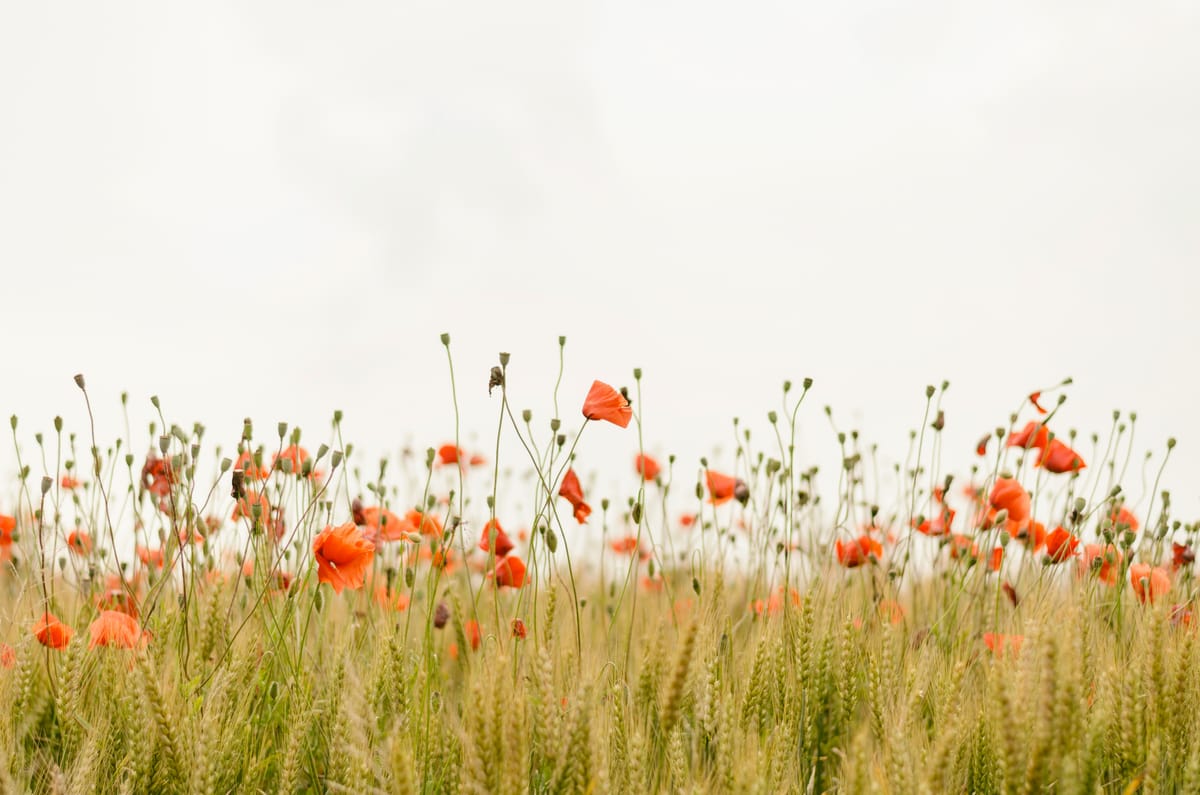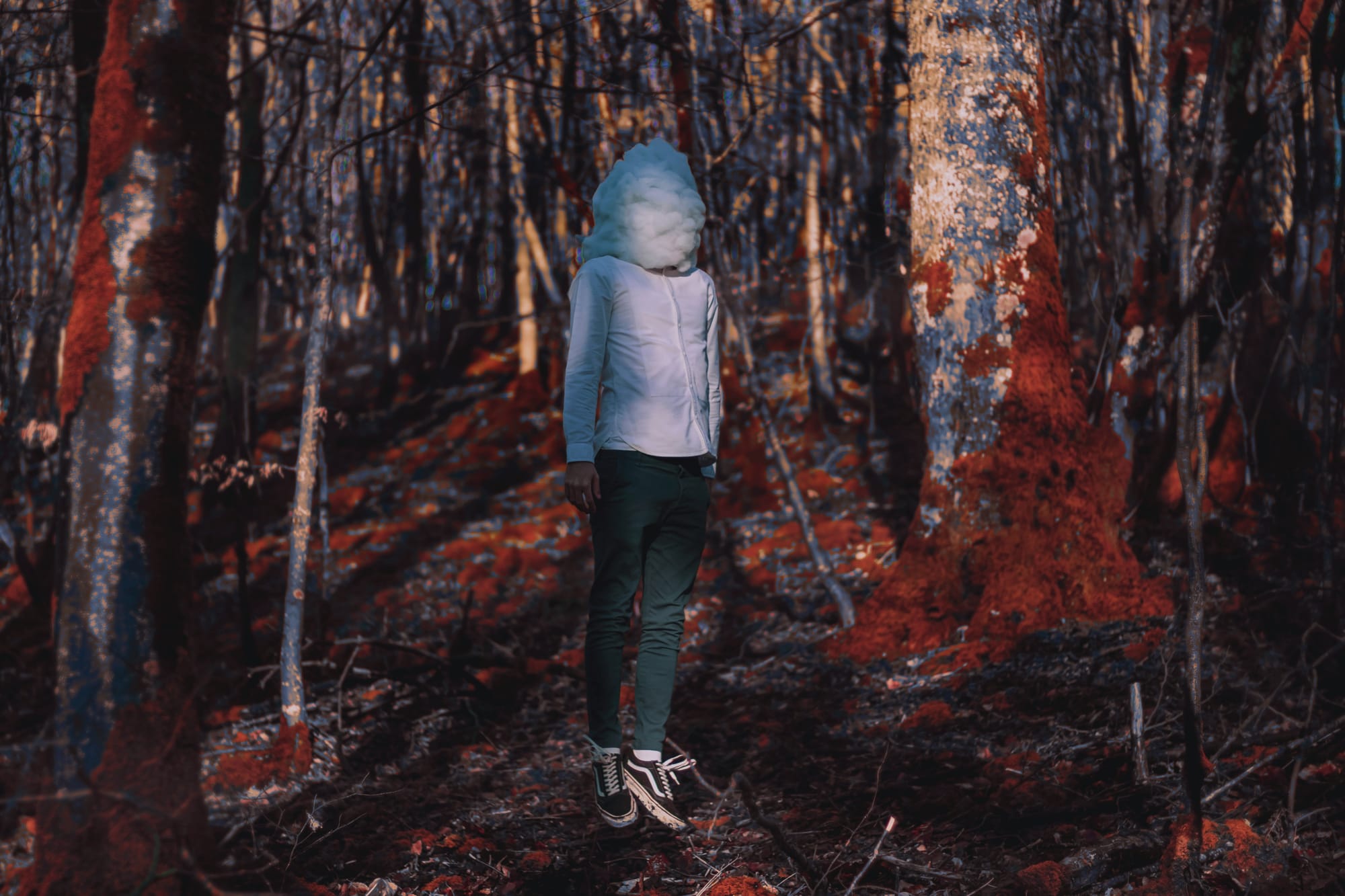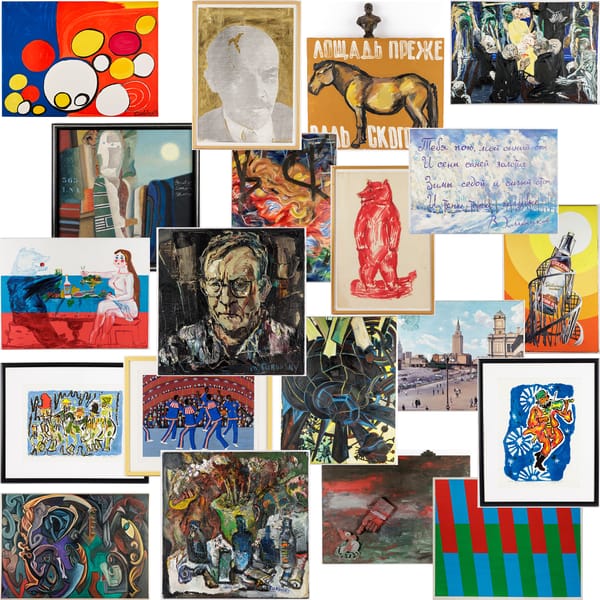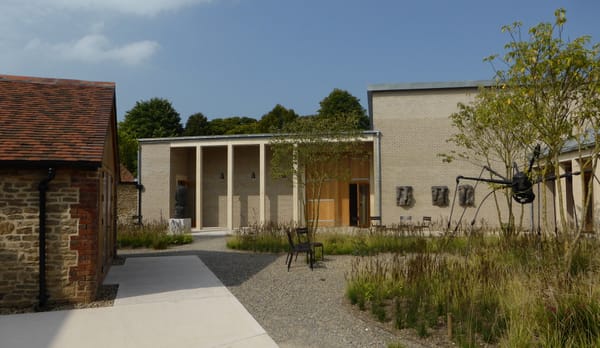The Art and Imagination of Conceptual Photography
Conceptual photography transforms imagination into striking visual stories. From vibrant, life-filled scenes to darker, surreal compositions, this art form captures both beauty and mystery.

Conceptual photography is much like painting. It begins with an idea, a vision that takes shape in the mind’s eye. It’s a creative journey where the artist brings scenes to life that blur the lines between imagination and reality.
Imagine setting out early one rainy morning to a quiet lake surrounded by lush landscapes, where the water is still and the world feels untouched. The scene is meticulously arranged: bright, vibrant clothing, carefully chosen to reflect a spectrum of colors, is matched with traditional bamboo hats, each a symbol of cultural heritage. Nearby, a classic wooden boat floats, anchored in the water amidst lotus flowers and oversized lily pads. Every detail is intentional, designed to evoke life’s color and the beauty of tradition.
The process is as hands-on as it is creative. Hours are spent arranging the scene, positioning elements just so, ensuring the right balance of color, light, and texture. With each shot, the artist moves, climbs, and changes angles, capturing the scene from every possible perspective. Around 100 images are taken, each one offering a slightly different view, until the perfect composition emerges.
Later, subtle edits bring out the best in the final image, sharpening details and enhancing natural colors. The result? A piece that feels like a celebration of life itself—bold, colorful, and rooted in tradition. Through the lens, this vibrant image speaks to the viewer, inviting them to see the beauty that often goes unnoticed.

Mysterious Side of Conceptual Photography
Conceptual photography isn’t limited to vibrant colors and picturesque scenes; it has a powerful ability to dive into darker, surreal realms. Through shadows, unconventional subjects, and unexpected contrasts, this form of photography evokes emotions that go beyond the visible world, inviting viewers into a space that feels both mysterious and thought-provoking.
Imagine a scene bathed in low light, where eerie shadows stretch across the frame, and subjects are caught in moments that feel almost otherworldly. Perhaps a lone figure stands partially obscured by fog, or objects are arranged in ways that challenge normal perspective, creating a sense of disorientation. Each element contributes to an atmosphere that’s unsettling yet captivating.
The surreal aspects of conceptual photography allow artists to explore themes of isolation, dreams, and subconscious fears. Using darker color palettes, dramatic lighting, and symbolic props, photographers craft scenes that suggest deeper narratives—glimpses into another dimension. By playing with the boundary between reality and the imaginary, these works feel like visual poems, rich with layered meanings and hidden messages.
Conceptual photography in this realm doesn’t just ask viewers to look; it invites them to question, interpret, and confront emotions that might otherwise remain hidden. In the shadows and surreal distortions, it reminds us that art has the power not only to show beauty but also to reveal the haunting and enigmatic sides of the human experience.
Conceptual photography is an art of creating worlds within worlds, turning imagination into a visual story that resonates. It’s a reminder that every idea, no matter how small, can transform into something extraordinary. Whether vibrant or surreal, each piece invites us to see the world—and ourselves—through a different lens.
ART Academy




